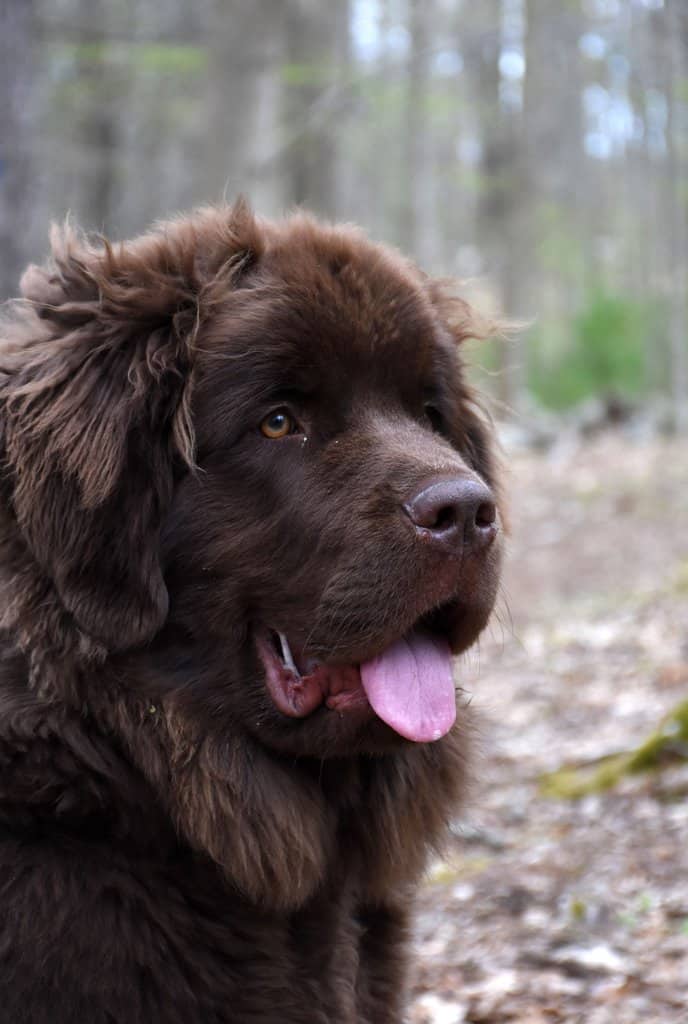Welcome to our blog post on how to teach your children and other family members to interact appropriately with a Chihuahua who has anger issues. Chihuahuas may be small in size, but they can have big personalities, and if they are not properly trained and socialized, they may display aggressive behavior. It is crucial to ensure the safety of both your family members and your furry companion by understanding the right techniques and strategies to handle these situations. In this post, we will guide you through practical tips and advice on how to create a harmonious environment for your Chihuahua and help your loved ones develop a positive and safe relationship with your furry friend. So, let’s dive in and explore the world of teaching family members to interact appropriately with an anger-prone Chihuahua!
Title: Teaching Family Members: Interacting Safely with an Anger-Prone Chihuahua
Welcoming a Chihuahua into your family can be an exciting and rewarding experience. However, if your Chihuahua exhibits anger issues, it is important to teach your children and other family members how to interact with them safely and appropriately. In this blog post, we will explore effective strategies to help your family members build a positive relationship with your anger-prone Chihuahua, ensuring a harmonious and safe environment for everyone involved.
1. Understanding the Chihuahua’s Behavior:
Before teaching your family members how to interact with an anger-prone Chihuahua, it is crucial to understand the underlying causes of their behavior. Chihuahuas, like any other breed, can develop anger issues due to various reasons such as fear, lack of socialization, or past traumatic experiences. By understanding their triggers, you can better prepare your family members for positive interactions.
2. Educate Your Family Members:
Start by educating your family members about the unique characteristics of Chihuahuas and the specific needs of your anger-prone Chihuahua. Teach them about body language cues, such as flattened ears, growling, or bared teeth, that indicate the dog’s discomfort or anger. Explain the importance of respecting the dog’s personal space and boundaries.
3. Establish Consistent Rules and Boundaries:
Consistency is key when dealing with a Chihuahua with anger issues. Establish clear rules and boundaries for your family members to follow. Teach them not to disturb the dog while eating or sleeping and to avoid sudden movements or loud noises that may trigger the dog’s anxiety or aggression. Encourage them to approach the Chihuahua calmly and gently.
 - Copy - Copy.jpg)
4. Positive Reinforcement Training:
Positive reinforcement training is an effective method to teach your family members how to interact appropriately with your anger-prone Chihuahua. Encourage them to use treats, praise, and rewards to reinforce good behavior and discourage any rough or inappropriate handling. Teach them basic commands such as sit, stay, and leave it to establish control and create a sense of security for the Chihuahua.
5. Supervised Interactions:
Initially, it is essential to supervise all interactions between your anger-prone Chihuahua and your family members. This allows you to intervene if necessary and ensure that the interactions remain positive and safe. Gradually increase the duration and frequency of these interactions as the Chihuahua becomes more comfortable and trusting.
6. Encourage Gentle and Respectful Touch:
Teach your family members to approach the Chihuahua calmly and gently, using soft voices and slow movements. Encourage them to pet the dog gently and avoid any rough handling that may trigger aggression. Remind them to always approach the dog from the side, rather than from above, as this can be perceived as a threat.
7. Seek Professional Help if Needed:
If despite your efforts, your anger-prone Chihuahua continues to exhibit aggressive behavior, it may be beneficial to seek help from a professional dog trainer or behaviorist. They can provide specialized guidance and develop a customized training plan to address the specific needs of your Chihuahua and ensure the safety of your family members.
Teaching family members to interact safely with an anger-prone Chihuahua requires patience, understanding, and consistent training. By educating your family members about the dog’s behavior, setting clear boundaries, and promoting positive interactions, you can create a harmonious environment where both your Chihuahua and your family members can thrive. Remember, seeking professional help is always an option if needed. With time and dedication, your family can build a strong and loving bond with your anger-prone Chihuahua, ensuring a happy and safe home for everyone involved.
In conclusion, teaching family members to interact appropriately with a Chihuahua with anger issues is crucial for the safety and well-being of both the family and the pet. By following the tips and strategies discussed in this blog post, you can create a harmonious environment where everyone can coexist peacefully with your furry friend. Remember, patience, consistency, and positive reinforcement are key when it comes to helping your Chihuahua overcome their anger issues. By understanding and respecting their boundaries, providing proper training and socialization, and setting a good example for children, you can ensure a happy and fulfilling life for your Chihuahua and your entire family. So, start implementing these techniques today and watch your Chihuahua thrive in a loving and understanding environment. Together, you can build a strong bond and create a home where everyone feels safe and supported.


%20-%20Copy%20-%20Copy.jpg)
%20-%20Copy.jpg)
%20-%20Copy.jpg)
%20-%20Copy.jpg)

.jpg)
